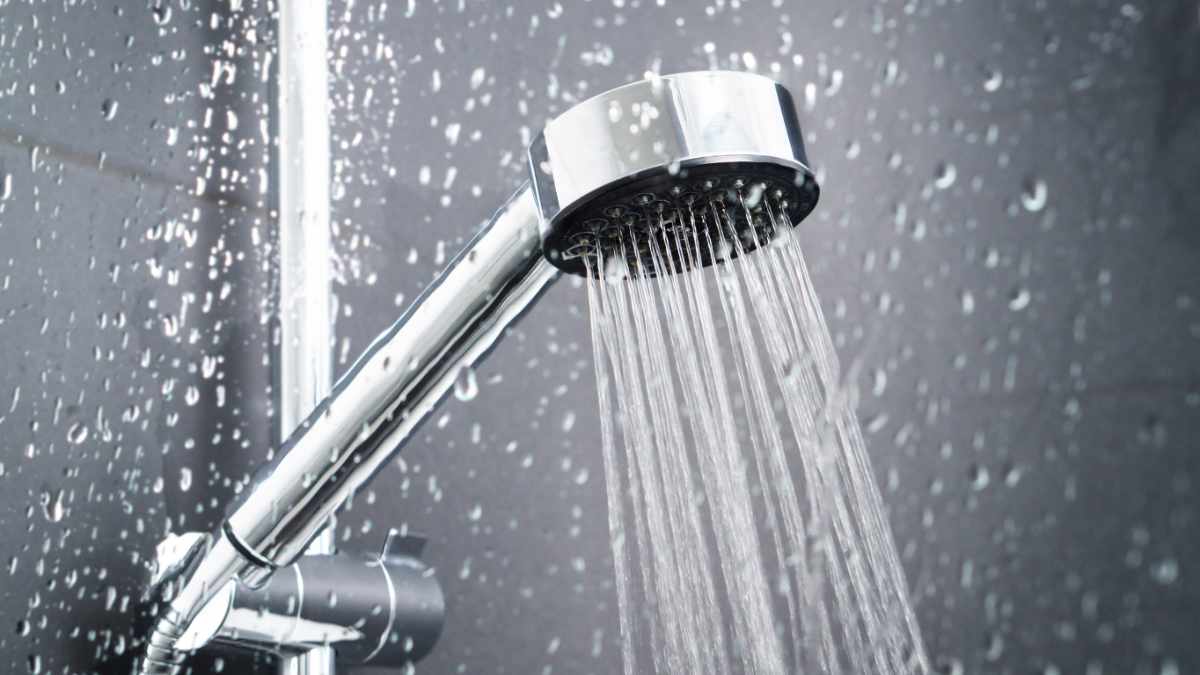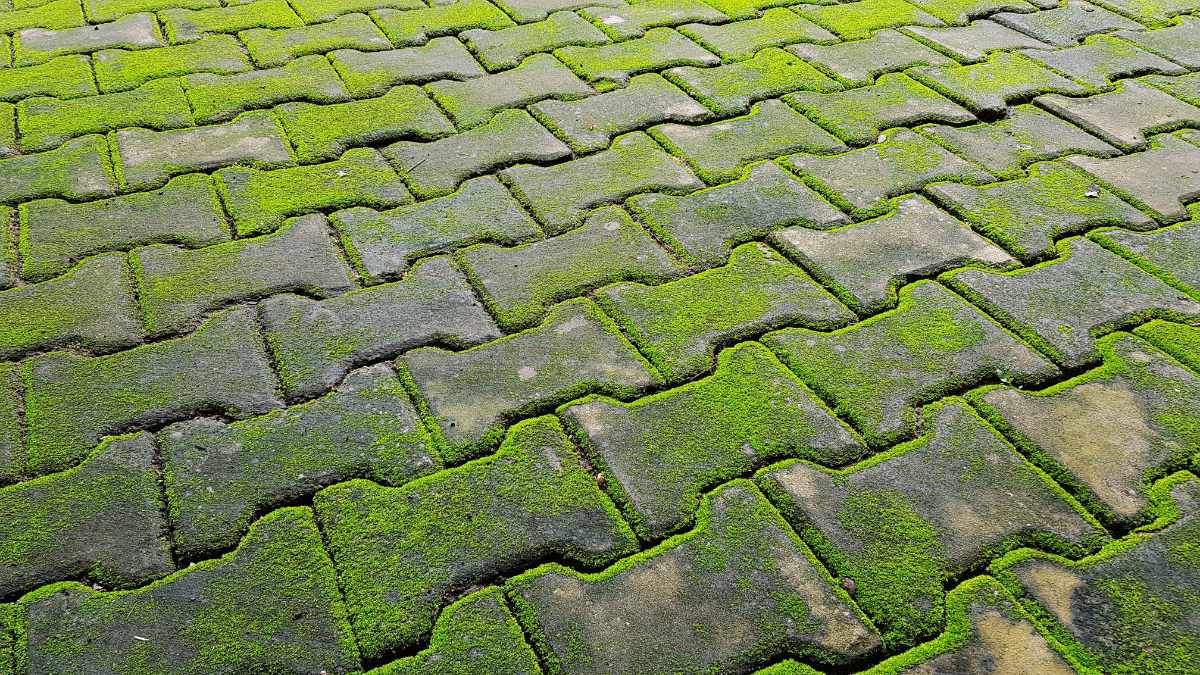Quality matters when hiring for a big project. Call a Five Star Rated professional now!
What Should I Do if My Pipes Freeze?
January 22nd, 2021 byWinter can bring a lot of home maintenance headaches for a homeowner, and freezing temperatures mean there is a risk that your pipes will freeze.
Frozen pipes can cause bigger headaches than not being able to get water from the faucet. As the water in the pipes freezes, it expands, potentially damaging fittings or cracking pipes. Issues that might not be noticeable until they defrost and start leaking!
If you discover that you have frozen pipes, you may be able to handle it by yourself but recognize the risk of future freezing. Knowing when to call in the pros is an important part of managing your future risk of freezing.
How Do I Know if My Pipes Are Frozen?
Often the first sign of a frozen pipe is low or no flow from your faucets or other water sources, like toilet tanks that don’t fill or washers that fail to run. Frozen pipes are most likely to occur during had an extended period of below-freezing temperatures, especially if it fails to warm during the day. But even with above-freezing days or in warmer climates, a very deep freeze overnight can be enough if your water lines are prone to freezing.

Can I Fix Frozen Pipes Myself?
You can usually get the water running again on your own by heating up the frozen pipe, but exercise caution. Your first step is to identify your water shut-off valve for your home. If water starts flowing—and starts flooding—you’ll want to turn it off at the source quickly to prevent major damage.
If you can clearly identify the area that is frozen, do a thorough visual inspection for bulges or cracks—you may even want to carefully feel the affected area for sharp edges that might indicate an unseen break. If it seems undamaged, turn on a faucet and have an assistant monitor it while you try to gently defrost the affected area.
Use a moderate heat source, like a hairdryer or space heater. Using high, highly focused heat, like a blowtorch, can cause a temperature shock that can be as damaging as the initial freeze. Once the freeze thaws, water will flow through the pipe—your assistant can tell you when they see that happen.
Examine the affected area, as well as pipes leading into and out of the area, for dripping, misting, or spraying water. If you see or suspect that you’ve got a leak, return to the shut-off valve to stop the leak. If water is flowing and you don’t see signs of water, you’re likely in the clear.
For now.
As your pipes continue to warm, continue to monitor the area surrounding the freeze and be ready to turn it off quickly if you notice a leak.
When Should I Call a Professional?
In some situations, it is best to leave the task of thawing frozen pipes to a professional. If you can’t find your shut-off valve, for example, you may want to call a plumber to perform an inspection. Similarly, if you can’t safely or securely reach a frozen pipe, or find an obviously frozen section, you may be best served by calling a pro. And if you find an obvious leak or break, a plumber is best equipped to minimize damage and get your water service restored quickly and safely.
Even if you are able to identify and mitigate the freeze on your own, you may want to schedule a plumber for an inspection. There may remain hard-to-detect issues with the pipes, like hairline cracks or fissures that will widen over time.
How Can I Keep My Pipes from Freezing Again?
Even if you make it through a frozen pipe without damage, understand that you’ve just received a warning sign!
As simple as it may seem, many homeowners fail to understand that frozen pipes are a sign that your pipes are vulnerable to freezing. Armed with that knowledge, you’ll want to prevent it from happening again.
The Red Cross explains that you should identify the pipes in your home that are most at risk for freezing. Some potential risk factors include:
- Inadequate insulation
- Exposure to the elements
- Running through crawlspaces or unheated areas
- Running along exterior or basement walls
Put simply, water pipes that may be exposed to temperatures approaching outdoor temperatures should be top-of-mind as you review your risks. Find areas that vulnerable to the cold, such as drafty areas in your home that also include plumbing as your focus for preventative measures.

Common precautions include:
- Adding insulation around pipes, or between pipes and sources of cold
- Using pipe sleeves or heat tape to boost temperatures
- Opening cabinet doors or other enclosures to allow heat to get to pipes under sinks
- Consider relocating pipes that continue to freeze
If you are unsure why your pipes are freezing, contact a professional: He or she can do an inspection to help you determine the causes and remedies for your freezing.
In short, if you’ve had a freezing incident, you should take steps to keep it from happening again. Repeat incidents can lead to the premature breakdown of your home’s pipes, increasing the risk of year-round impacts to your plumbing system, and opening you to a greater risk of insurance claims and catastrophic damage.
Plumbing-system damage, regardless of season, exposes you to financial risk. Freeze damage, without proper review and remediation, can extend that liability both within other areas of your home and over the life of your home.
Staying on Top
As a homeowner, recovering, preserving, or quickly replacing components and systems that are vulnerable to weather and wear is the best way to maintain the value of your home. Five Star Rated has a range of great articles that can help you keep your home in good shape and avoid costly emergency repairs.
Quality matters when hiring for a big project. Call a Five Star Rated professional now!

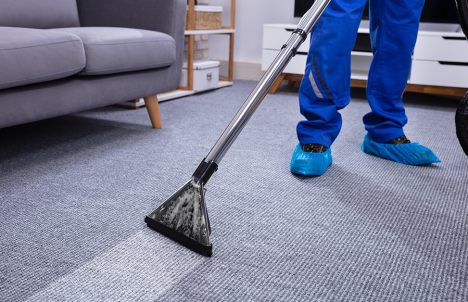
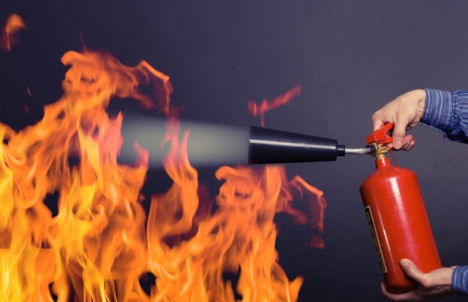





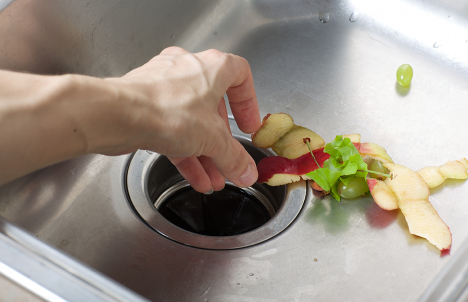



 Top Categories
Top Categories




